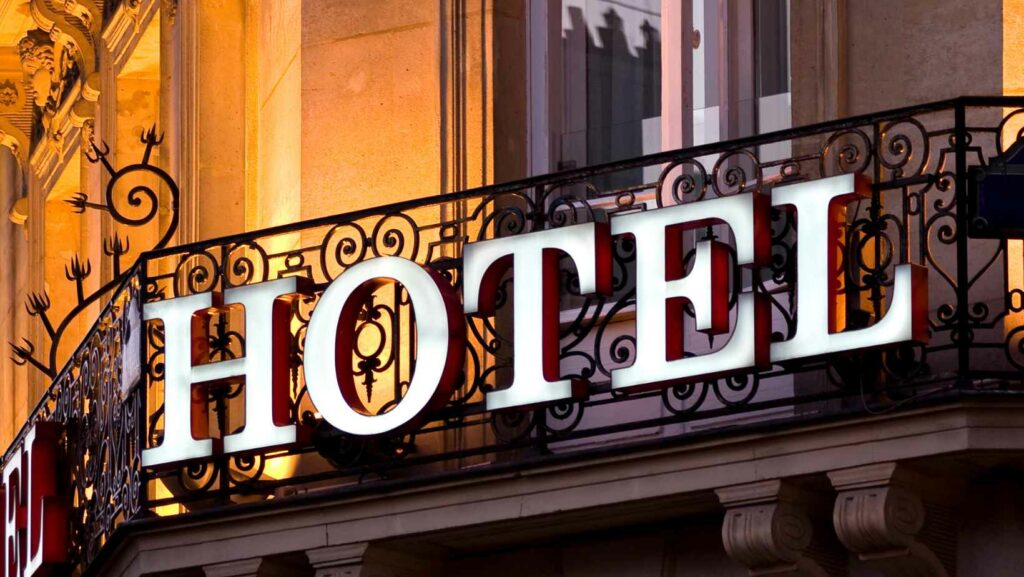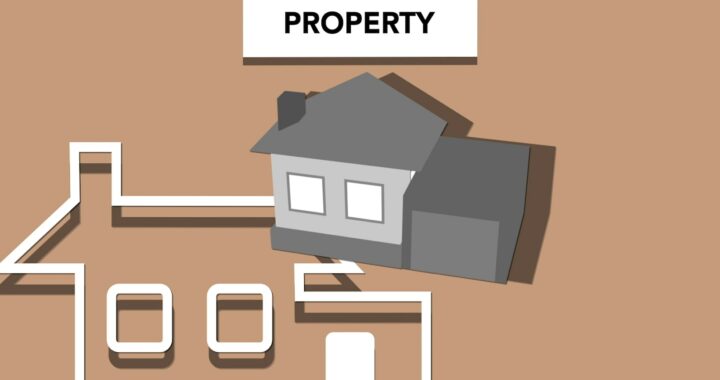
A Lucrative Opportunity For Savvy Investors: How to Invest in a Hotel
Investing in a hotel can be an exciting venture for those looking to diversify their investment portfolio. However, it’s important to approach this opportunity with careful consideration and strategic planning. In this article, I’ll share some valuable insights on how to invest in a hotel successfully.
Firstly, conducting thorough market research is crucial before making any investment decisions. Analyze the demand and supply dynamics of the local hospitality industry to identify potential opportunities. Look for areas with a growing tourism sector, strong business travel demand, or upcoming major events that could drive hotel occupancy rates.
Once you’ve identified a promising location, assess the financial viability of the hotel project. Evaluate factors such as the property’s condition, competitive landscape, and revenue potential. Consider consulting with experts in the field who can provide insights into operating costs, return on investment projections, and market trends specific to the hospitality industry.
Understanding The Hotel Market
Understanding Hotel Investment Opportunities
When it comes to investing in a hotel, it’s essential to have a solid understanding of the various opportunities available in the market. One key aspect to consider is whether you want to invest in an existing hotel or embark on a development project for a new property.
Investing in an existing hotel can provide immediate cash flow and potentially lower risks compared to starting from scratch. On the other hand, developing a new hotel allows for more control over design and branding, but it also entails higher upfront costs and longer lead times.
Analyzing Market Trends and Demand
To make informed investment decisions, analyzing market trends and demand is paramount. Conduct thorough research on local tourism patterns, business travel statistics, and projected growth rates for both domestic and international visitors. Look into factors such as seasonality, events or conventions happening nearby, and any upcoming infrastructure developments that could impact visitor numbers.
Consider reaching out to industry associations or consulting firms specializing in hospitality research for valuable insights into market dynamics. By studying occupancy rates, average daily rates (ADR), revenue per available room (RevPAR), and competitor performance metrics, you can gain a comprehensive understanding of the market’s health and potential profitability.
Assessing Financial Viability
Evaluating the financial viability of investing in a hotel requires careful analysis of various factors. Start by assessing operating expenses such as staff wages, utility costs, maintenance fees, marketing expenses, insurance premiums, and property taxes.
Additionally, calculate anticipated revenue streams from room bookings as well as additional income sources like food and beverage services, conference facilities, or spa amenities. It’s crucial to estimate occupancy rates and ADR realistically based on market demand and the hotel’s competitive positioning.
Furthermore, consider the potential for return on investment (ROI) by analyzing cash flow projections, net operating income (NOI), and capitalization rates. This analysis helps determine the profitability of your investment over time and influences decisions related to financing options and exit strategies.

How to Invest in a Hotel
When considering how to invest in a hotel, one crucial aspect to carefully analyze is the potential returns. Assessing the profitability of a hotel investment requires thorough evaluation and consideration of various factors. In this section, I’ll provide you with valuable insights on how to evaluate potential returns effectively.
- RevPAR (Revenue per Available Room): RevPAR is a key performance metric used in the hotel industry to assess revenue generation. It’s calculated by dividing total room revenue by the number of available rooms over a specific period. Analyzing historical RevPAR data can help identify trends and fluctuations, giving you an idea of the hotel’s income-generating capacity.
- Occupancy Rates: Understanding occupancy rates is vital for assessing demand and predicting future revenue streams. High occupancy rates indicate strong market demand and potential for consistent returns. Conversely, consistently low occupancy rates may signal underlying issues that could impact profitability.
- Average Daily Rate (ADR): The average daily rate represents the average price guests pay per room night at your hotel. It’s essential to compare ADR with competitors in the same market segment to gauge pricing competitiveness and attractiveness to potential customers.
- Market Analysis: Conducting a comprehensive market analysis allows you to assess supply-demand dynamics, competitive landscape, and target audience preferences within your chosen location. Understanding these factors will help you make informed decisions about investing in a particular hotel property.
It’s important to note that evaluating potential returns in hotel investments involves a degree of uncertainty and market volatility. Conducting thorough research, consulting industry experts, and analyzing historical data can help mitigate risks and increase the likelihood of a successful investment.
Remember, investing in hotels requires careful consideration, due diligence, and a long-term perspective. By applying these evaluation strategies to assess potential returns, you’ll be better equipped to make informed investment decisions in the hospitality industry.





